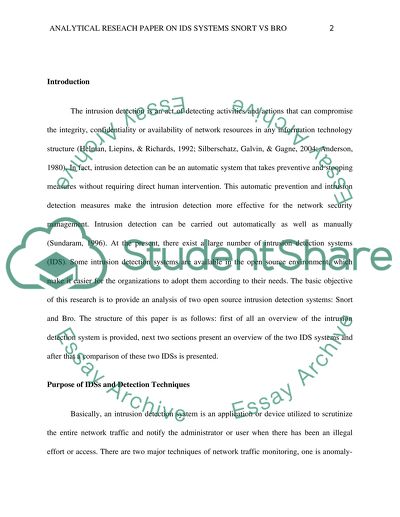Cite this document
(“Analytical Reseach paper on IDS systems SNORT Vs Bro Research”, n.d.)
Analytical Reseach paper on IDS systems SNORT Vs Bro Research. Retrieved from https://studentshare.org/information-technology/1678066-analytical-reseach-paper-on-ids-systems-snort-vs-bro
Analytical Reseach paper on IDS systems SNORT Vs Bro Research. Retrieved from https://studentshare.org/information-technology/1678066-analytical-reseach-paper-on-ids-systems-snort-vs-bro
(Analytical Reseach Paper on IDS Systems SNORT Vs Bro Research)
Analytical Reseach Paper on IDS Systems SNORT Vs Bro Research. https://studentshare.org/information-technology/1678066-analytical-reseach-paper-on-ids-systems-snort-vs-bro.
Analytical Reseach Paper on IDS Systems SNORT Vs Bro Research. https://studentshare.org/information-technology/1678066-analytical-reseach-paper-on-ids-systems-snort-vs-bro.
“Analytical Reseach Paper on IDS Systems SNORT Vs Bro Research”, n.d. https://studentshare.org/information-technology/1678066-analytical-reseach-paper-on-ids-systems-snort-vs-bro.


